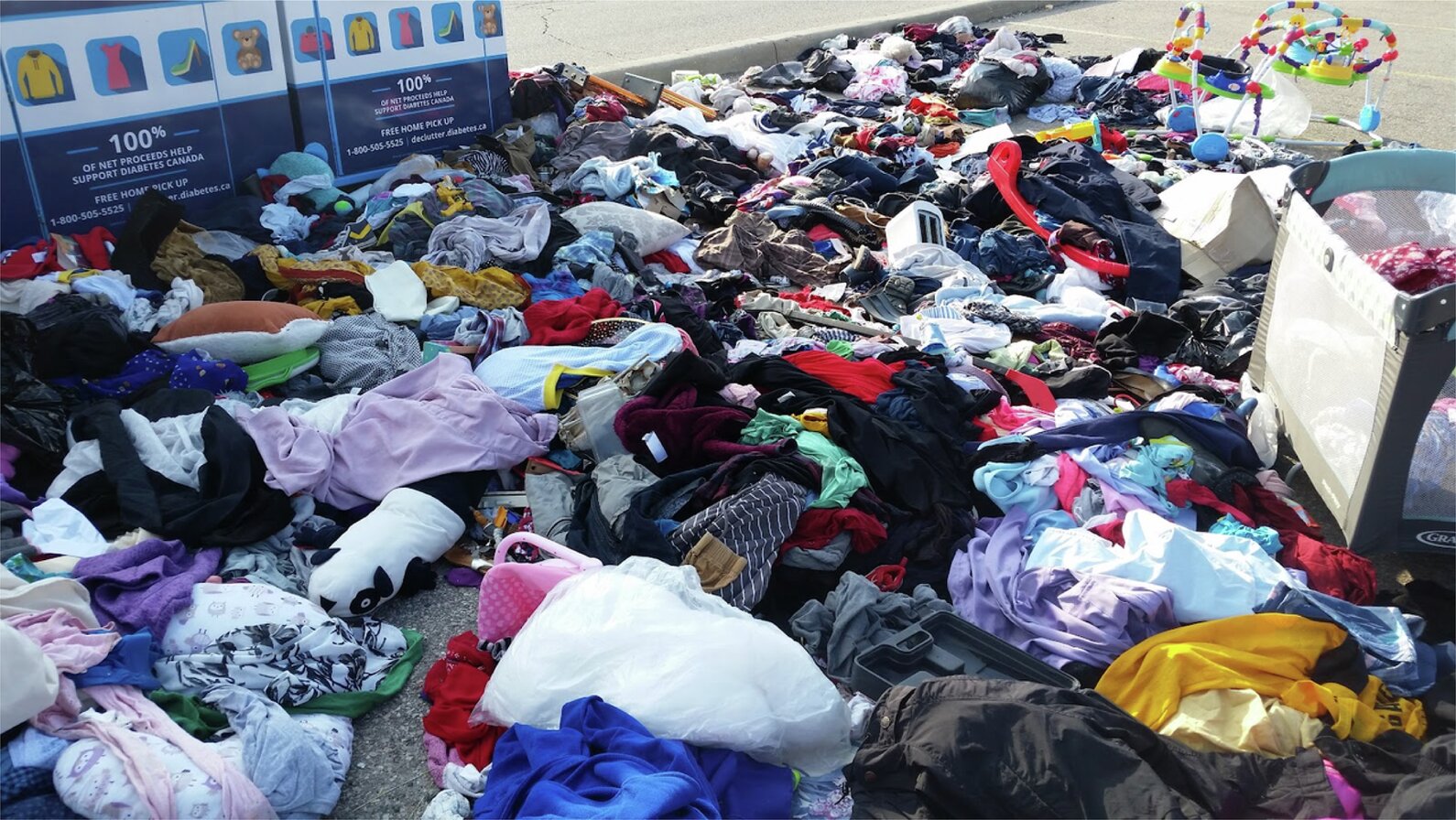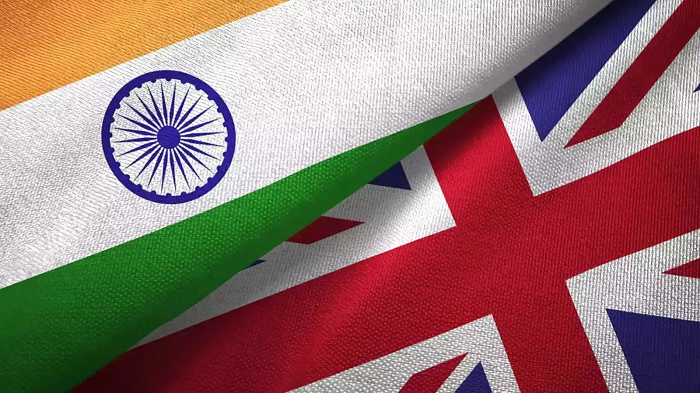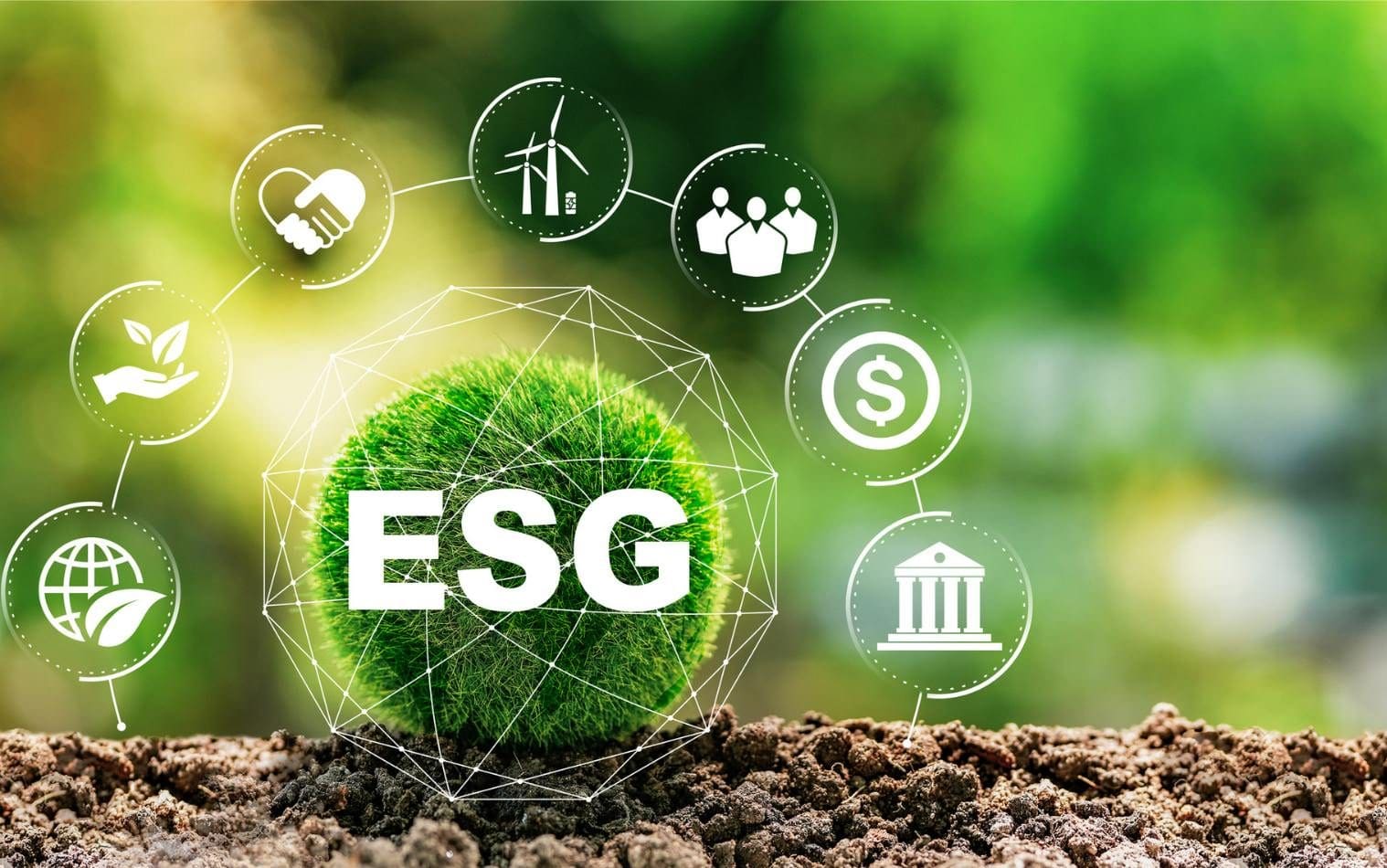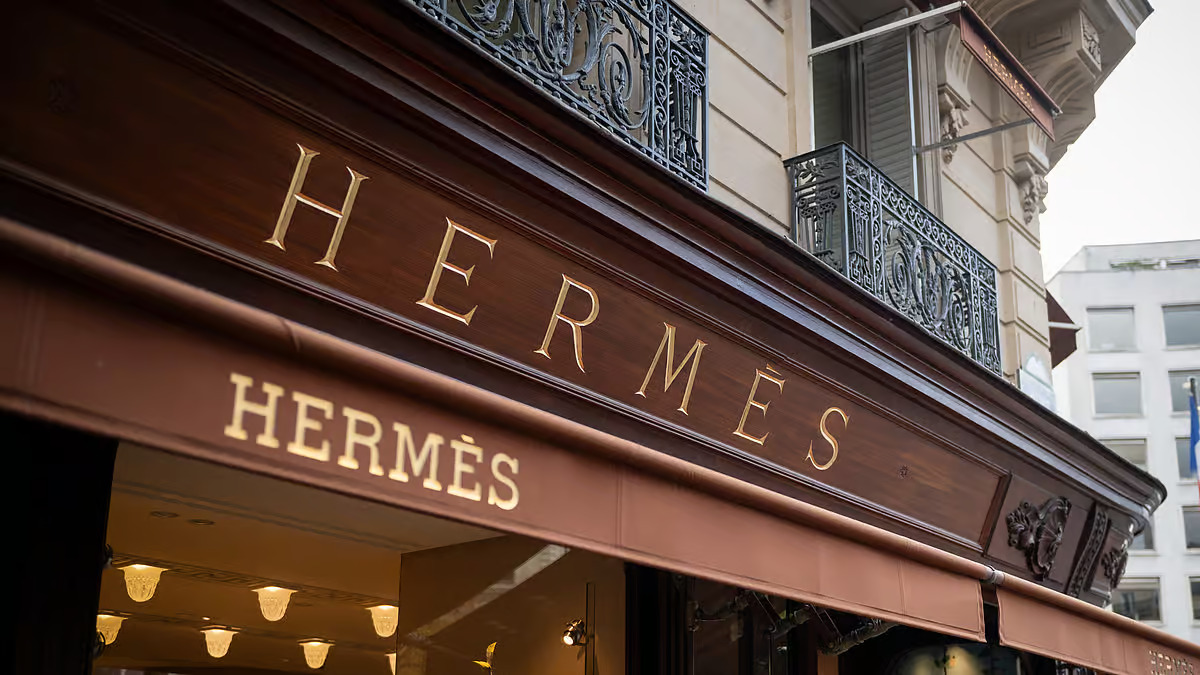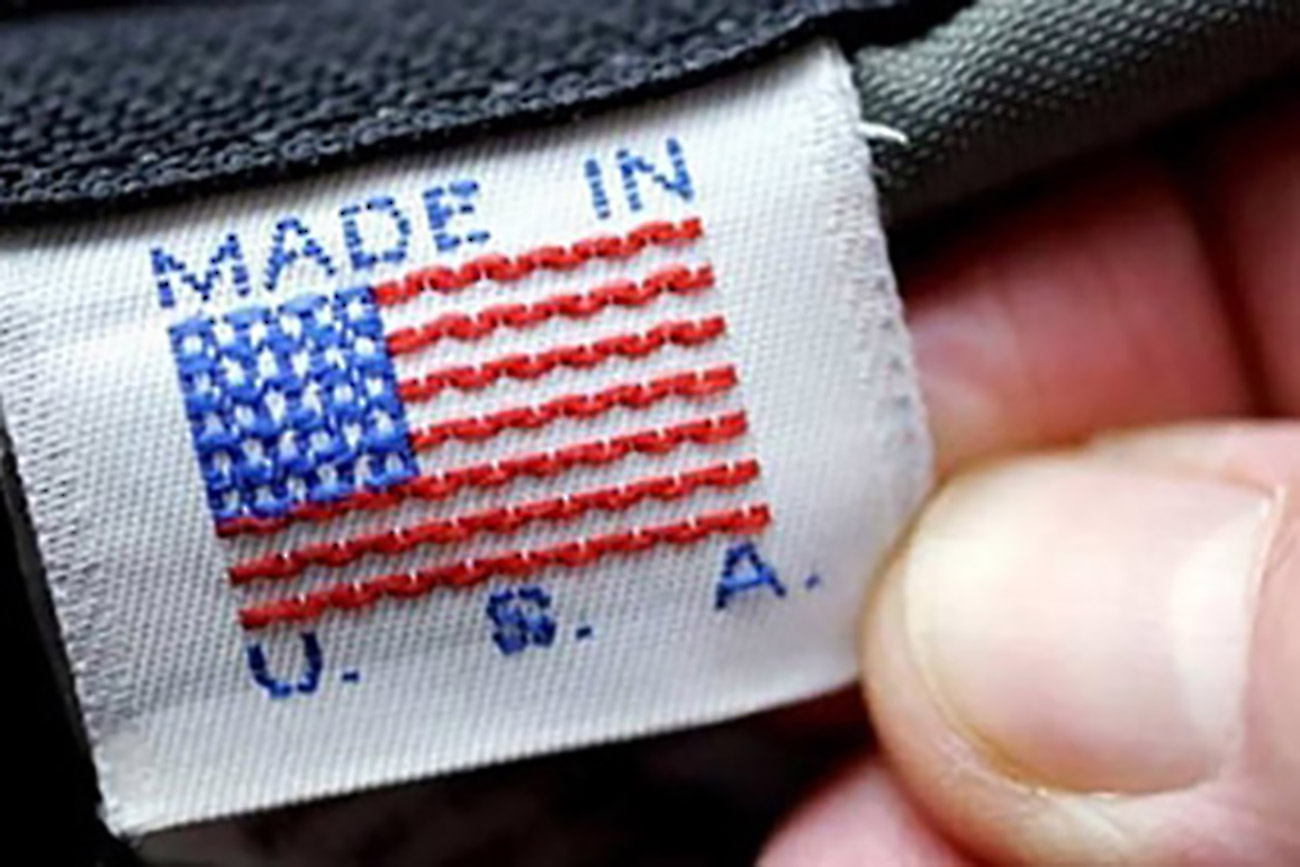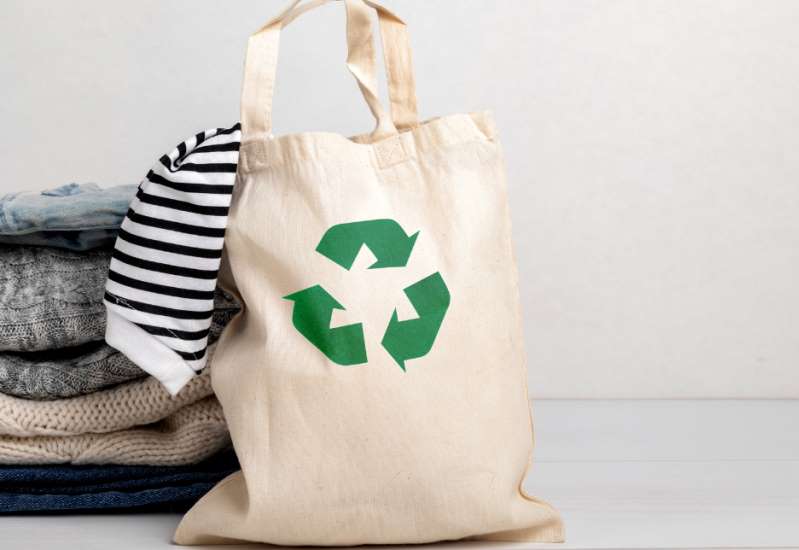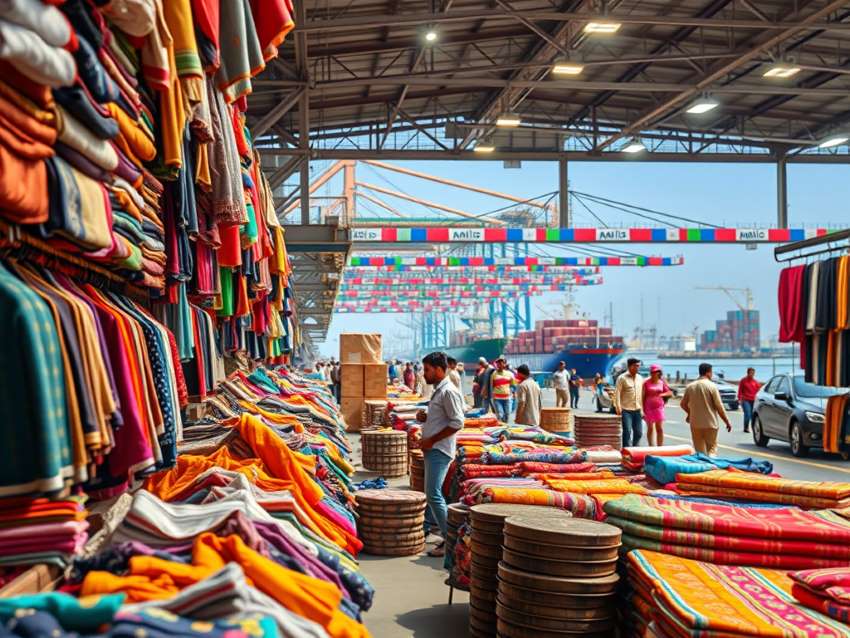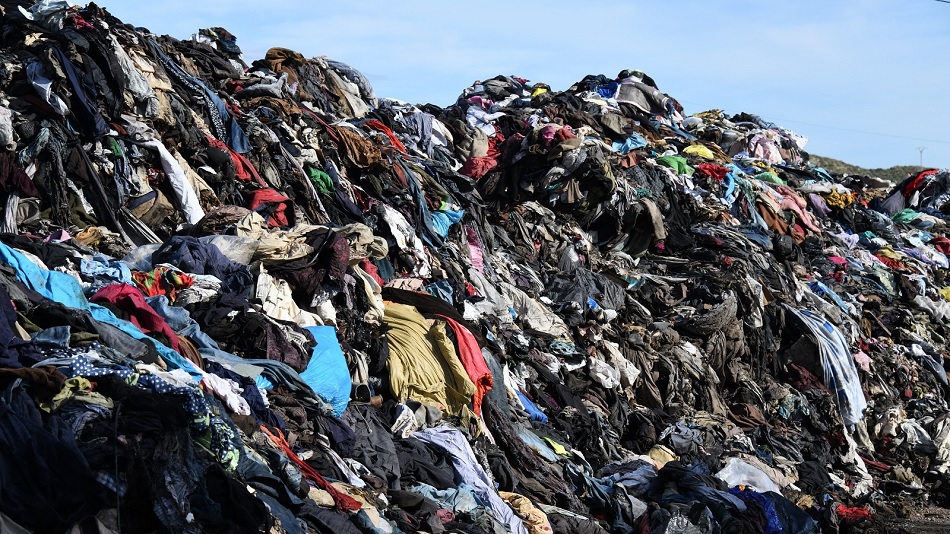
Fast fashion has been on the radar for a while now. From environment activists and watch-bodies to governments, there are a multitude of sources that are building up pressure on fashion’s black sheep – this has resulted in companies such as Shein, H&M and Inditex being forced to submit their performances based on the goals they’ve declared – the question is was all that green washing?
Polyester prolific in fast fashion
The rise of fast fashion has been heavily dependent on synthetic fibres such as polyester, nylon, acrylic and elastane, made from heavily processed petrochemicals. These materials are cheap to produce – polyester, for example, costs half as much per kilo compared to cotton – and therefore, allow brands to keep prices low, though with a high environmental price-tag.
Polyester is the most widely used synthetic fibre and is now found in over half of all textiles produced. It is generally produced from polyethylene terephthalate, better known as PET, a type of plastic derived from crude oil and natural gas – also used to make items such as plastic bottles. When usage data of different fibres are displayed, polyester outpaces all other fibres at 60.5 m tonnes per year and cotton a distant second with 24.7 m tonnes per year. The usage of other synthetic fibres stands at 11.7 m tonnes, man-made cellulosic fibres at 7.2 m tonnes, plant-based fibres at 6.7 m tonnes and animal-derived fibres at 1.8 m tonnes per year.
Shein, Inditex and H&M report card
Here is a look at public disclosures by some fast fashion brands. Shein’s 2022 Sustainability and Social Impact Report declared the brand’s textile portfolio – polyester is 64 per cent whereas recycled polyester is below 1 per cent. Other synthetics in Shein’s portfolio are viscose at 8 per cent, polyamide and Spandex at 3 per cent each. According to Shein, forest-safe viscose is less than 1 per cent. The Chinese fast fashion brand has set for itself a target of making the less than 1 per cent of recycled polyester to 31 per cent by 2030.
In terms of absolutely polyester, Inditex scores it at 27 per cent of its textile portfolio whilst H&M scores its usage as 21 per cent. These figures for Inditex and H&M were sourced from their last published annual reports. Inditex has a lofty target – 100 per cent recycled polyester by 2025. However, according to its annual report on 33.33 per cent of its winter 2022 collection was from recycled polyester. This then begets the question whether Inditex can reach its target at all?
H&M seems in a far better position as it too has targeted 100 per cent recycled by 2025 – it has already succeeded in converting its latest collection to 75 per cent recycled polyester.
Cotton, another natural fibre that is costing the earth’s resources heavily is only 10 per cent in Shein’s textile portfolio, even here Shein has been criticised for its dubious cotton sourcing practices which it of course vehemently denies. Shein says it has established robust traceability of its cotton supply chain, including a propriety system that integrates documentation, that is committed to respecting human rights and that has zero tolerance to forced labor. Inditex has nearly half of its portfolio as cotton at 41 per cent and at H&M cotton is 61 per cent of its portfolio.
Sustainable fashion consultant and founder of Clean & Unique, a supply chain information platform states that she appreciates that fashion brands are trying to be more green in their supply chain, but she fears consumers don’t really care enough to read labels.


